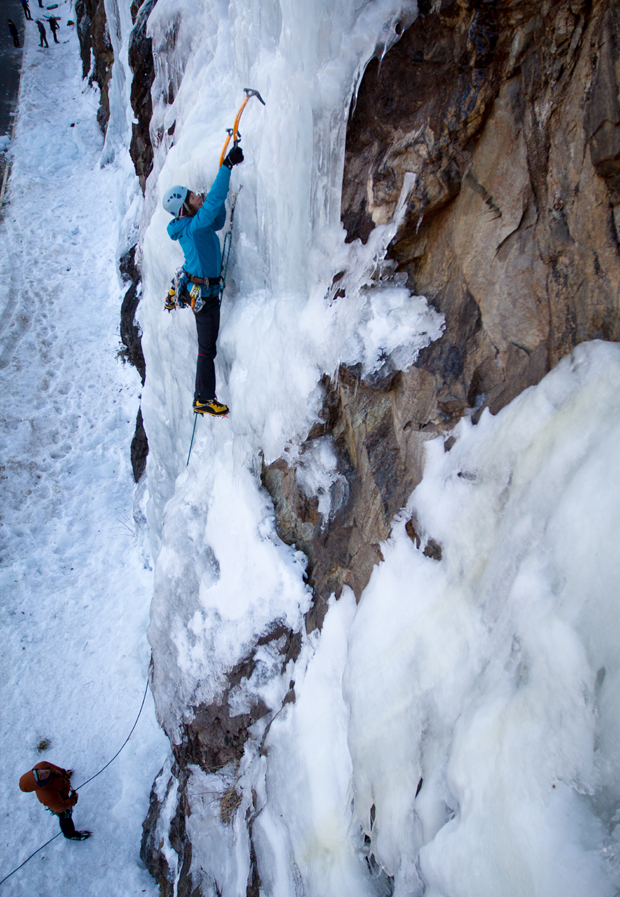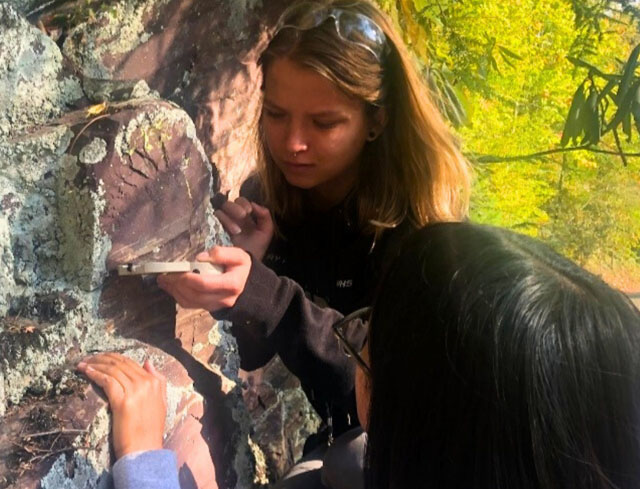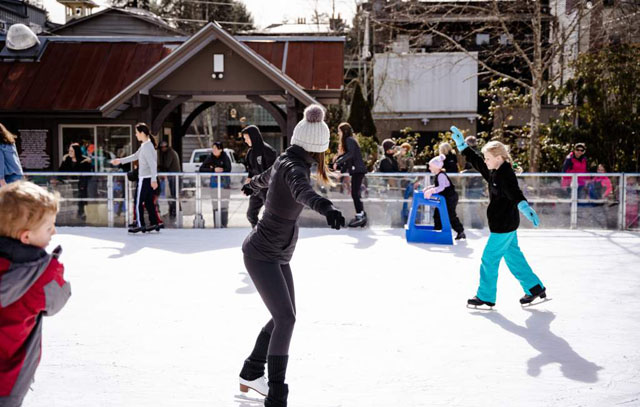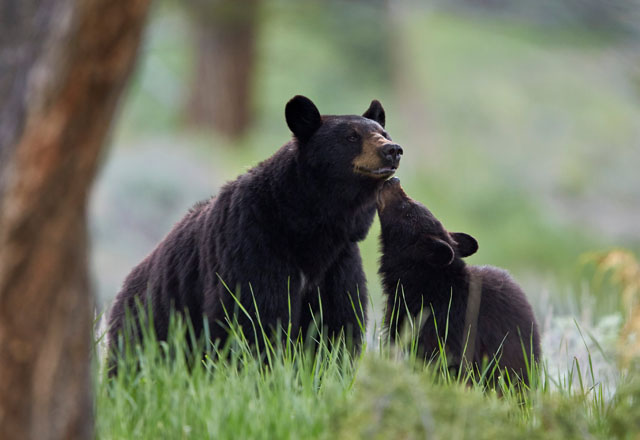Rock Climbing’s Slicker Sibling
25 Jan 2020
The thrill of ice climbing is for the cold at heart
By CHRISTA M. MILLER

If you’ve never tried ice climbing, you might not know that North Carolina has some of the best and longest ice climbs on the U.S. East Coast. That’s because the Black Mountains—a subrange of the Appalachians—are the tallest in the region, with the 6,684-foot Mount Mitchell topping them all.
So, whether you’re an experienced rock climber looking for a new challenge, or a cold-weather lover looking for a new activity, Western North Carolina might just have the goods for you.
When to Go
Karsten Delap, owner and Head of Alpine Programs at the Brevard-based Fox Mountain Guides and Climbing School, says science is the way to determine North Carolina’s fickle ice conditions.
Observers measure the mix of cold weather and water flow, which has to be just right to generate ice: some water flow, but not too much; cold temperatures, but not so cold that they freeze the ground so water can’t come out. Ideal temperatures rise no higher than 35ºF at midday, and no lower than the 20s or teens at night.
Generally, Delap says, ice conditions are best when the polar vortices arrive⸺between the months of November through February. The climber-driven Facebook group Southeast Ice Conditions allows climbers to post their observations and metrics.
What to Wear
Climbing in below-freezing temperatures starts with good layering. Delap, a climber since 1998 and a guide since 2005, recommends a wool under-layer, followed by synthetics and finally, a soft-shell outer jacket with a membrane.
It’s also important to prepare with the right technical clothes. Ski pants’ cuffs can snag on crampons, so Delap recommends elastic-cuffed pants or another way to close the cuffs, such as gaiters.
Crampon-torn pants are just one of ice climbing’s singular hazards. Another is what Delap calls the “screaming barfies,” a phenomenon in which a climber’s hands go numb from the cold and being held overhead for long periods, and then, once blood starts to recirculate, experience extreme pain. “You don’t know if you want to scream, barf, or die,” Delap says.
“Screaming barfies” are somewhat preventable⸺you walk to a crag without gloves and let your hands get cold, then warm them back up. Delap likes to recommend climbers wear one pair of thin gloves, but keep another inside their jacket to trade out when their hands get cold. These are most appropriate for climbing, while thick gloves, which can compress the palm and push blood out, are better saved for working the ropes.
How to Do It
Delap says a good way to learn climbing rope systems and belaying is to start in rock climbing environments. Leading rock—climbing above safety gear, affixing gear for climbers to follow—is less dangerous than leading ice because rock, Delap says, changes over millennia and not minutes the way ice does.
“The change can be really quick,” he says. “You have a small margin to find the perfect conditions in the Southeast—when ice is bonded to rock and can take screws and protection well.”
Otherwise, falling becomes a greater risk—and could be even more disastrous than falling from rock because ice tools, screws, and gear are so sharp. The best case, says Delap, is a twisted or broken ankle.
Comfort with lead climbing, or putting the rope up, is a prerequisite for climbing in a multi-pitch environment. In contrast to a single-pitch environment, where the belay can remain on the ground below while a climber walks to the top to set the anchor, a multi-pitch environment requires the lead climber to place gear along the way.
That takes technical prowess. “You have to chop the ice and screw in the screws, which can take longer,” Delap says.
A “pitch” consists of one rope length, or half a length when you take into account top roping at the belay, up to an anchor and then down to the climber. A typical pitch is around 35 meters of ice to climb, necessitating a 70m rope to top rope the pitch.
Delap refers to famed Canadian ice climber Will Gadd’s “100 pitches” concept. “Leading ice should come after 100 pitches of following and top roping ice,” he says. “You could climb one pitch a hundred times, but you really want to do four to five pitches per day over three different seasons in three different areas [such as] North Carolina, New Hampshire, and Colorado.”
Where to Go
For beginning ice climbers, Delap says Doughton Park, located on the Blue Ridge Parkway, is generally a good location, while ice climbing along Highway 215 makes for easily accessible climbing using a top rope to rappel downward without the need for a setup lead. Whiteside Mountain can provide some great adventures for those that are looking to lead ice.
You can find additional routes in North Carolina and around the country at REI’s Mountain Project, www.mountainproject.com











